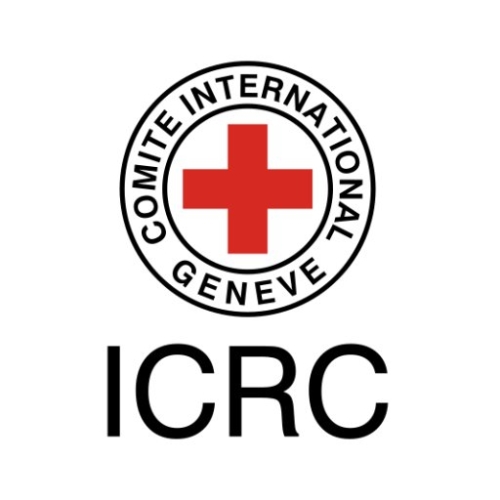In 2008, the ICRC (the International Committee of the Red Cross) launched a study to look at how violence affects the delivery of health care in 16 countrie swhere it is operational. Reports of incidents were collected from a variety of sources, including health organizations, Red Cross and Red Crescent staff, and the media. These were analysed to identify the most serious forms of violence, which are presented in the following pages. But while the statistics paint a bleak picture of the widespread nature of the attacks on patients, health-care workers and facilities, and on medical vehicles, they fall short of capturing the full scope of the problem, particularly in areas inaccessible to aid organizations and reporters, such as many regions of Pakistan and Afghanistan. Furthermore,the statistics do not reflect the indirect and multiplier effects of these attacks as health-care facilities close and staff leave. Thus, this publication first looks at the general disruption to health care that occurs during conflict and civil strife, before looking more closely at specific types of violence.
Health Care in Danger – Making the Case

- Published:
- 1 August 2011
- Region:
- Global
- Topics:
Share this:
Health Care in Danger – Making the Case
Related:
Securing aid worker safety through effective budgeting
In this article for the Crisis Response Journal, Aisling Sweeney, GISF's Communications Officer, puts forward the case for remodelling funding processes for humanitarian security risk management.